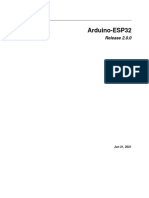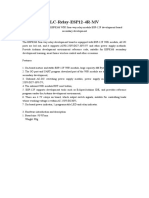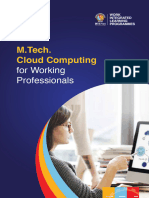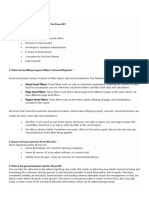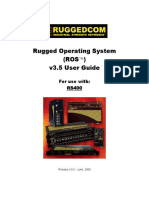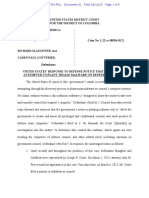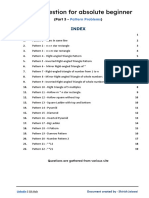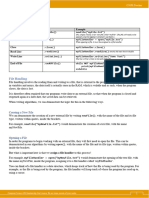0% found this document useful (0 votes)
10 views19 pagesArduino Develops The General Environment Configura-1
The document provides a comprehensive guide for setting up the Arduino development environment for the ESP32 series, detailing the installation of the Arduino IDE, configuration of the compilation environment, and library installation. It includes step-by-step instructions for users on Windows, Mac, and Linux, as well as troubleshooting tips for common issues. Additionally, it emphasizes the importance of maintaining consistent library and board versions to avoid compilation errors.
Uploaded by
Dahaba MaregaCopyright
© © All Rights Reserved
We take content rights seriously. If you suspect this is your content, claim it here.
Available Formats
Download as PDF, TXT or read online on Scribd
0% found this document useful (0 votes)
10 views19 pagesArduino Develops The General Environment Configura-1
The document provides a comprehensive guide for setting up the Arduino development environment for the ESP32 series, detailing the installation of the Arduino IDE, configuration of the compilation environment, and library installation. It includes step-by-step instructions for users on Windows, Mac, and Linux, as well as troubleshooting tips for common issues. Additionally, it emphasizes the importance of maintaining consistent library and board versions to avoid compilation errors.
Uploaded by
Dahaba MaregaCopyright
© © All Rights Reserved
We take content rights seriously. If you suspect this is your content, claim it here.
Available Formats
Download as PDF, TXT or read online on Scribd
/ 19



















